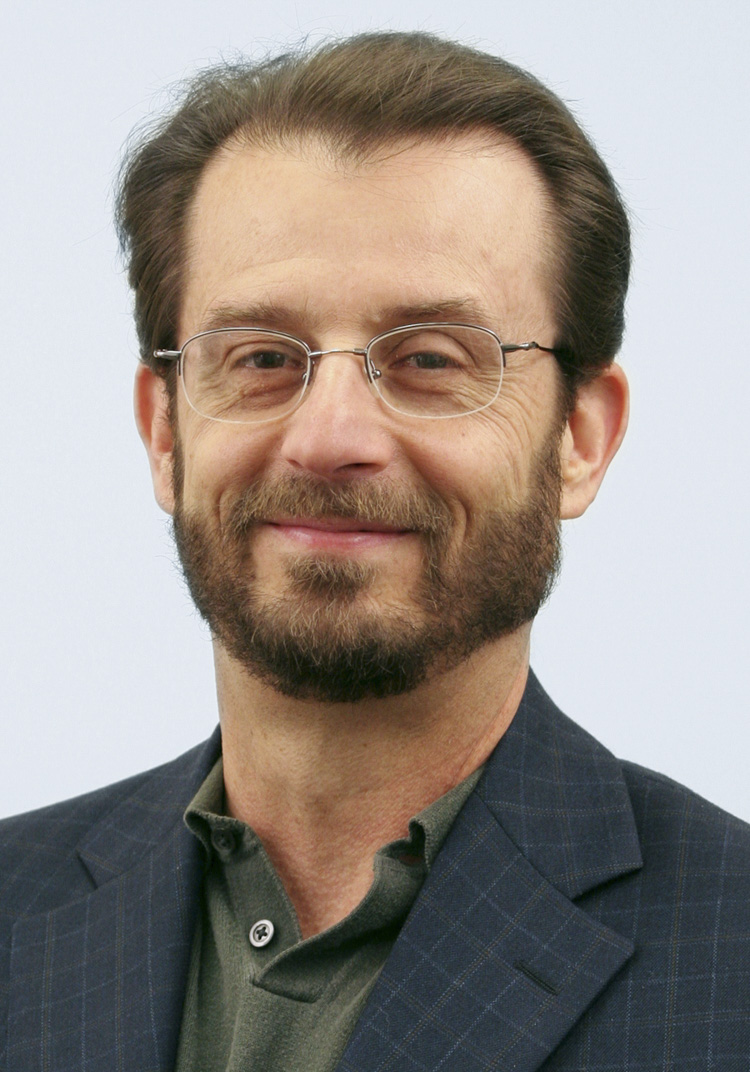The University of Virginia is developing a new statewide, multi-site “Biocomplexity Initiative” that seeks to employ the principles of interdisciplinary team science to integrate such diverse disciplines as molecular science and public policy analysis in order to solve complex and multidimensional problems in medicine and society.
Chris Barrett, a global leader in applying computer science concepts and tools to making new discoveries in complex systems involving human health, habitat and well-being, will lead the initiative. He has directed the Biocomplexity Institute at Virginia Tech for the past four years and is a professor of computer science. He comes to UVA in September to establish an institute that will collaborate with researchers across Virginia.
“We are thrilled that Professor Barrett is bringing his expertise, talents and quest for knowledge to UVA,” Dr. Richard Shannon, UVA’s executive vice president for health affairs, said. “We are excited about the opportunity to build on the program initiated at Virginia Tech to include new areas of computational science and artificial intelligence focused on human health and behavior.”

Chris Barrett will head UVA’s new Biocomplexity Initiative.
The initiative, which will bring new researchers and computing infrastructure to UVA, will partner with the Genomics and Bioinformatics Research Institute – a joint venture of UVA, Inova Health System and George Mason University.
The Biocomplexity Initiative’s high-performance computing capabilities will help researchers develop a deeper understanding of the relationship between human genomics, social and behavioral determinants of health, and environmental influences in the ways in which diseases manifest. Using an information biology approach, the concept works to predict, explain and visualize the behavioral interactions of large and highly complex systems, such as how diseases spread, based on cultural behaviors, the types of vectors, the specifics of a particular pathogen, human transportation and a multitude of other independent and interrelated factors. The end goal is to be able to intervene rapidly and effectively, such as in the event of a global pandemic.
“Where conceptual and technological constraints once forced researchers to examine living systems one small slice at a time, we can now find complex connections ranging from the basic building blocks of life to public policy,” Barrett said. “We can use integrated transdisciplinary methods to help solve our most pressing societal challenges.”
Such challenges include understanding everything from DNA-RNA interactions involving diseases from cancer to infections, sorting out the complex interactions of neurons in the brain, to developing sound public policy based on better understanding of human behavioral patterns.
“Many of the most important advancements in human health and well-being will happen because engineers, clinicians and social scientists work together on complex problems that cannot be solved without their combined experience and brainpower,” said Craig Benson, dean of UVA’s School of Engineering & Applied Science, where Barrett will hold a faculty appointment in the Department of Computer Science. “The Biocomplexity Initiative makes the Commonwealth of Virginia a leader in creating knowledge that will benefit all of society.”
The interdisciplinary research of the initiative integrates a variety of research methods and tools from the life, cognitive and social sciences, as well environmental sciences and infrastructural development. The institute will work to guide emergency responses to epidemics, make urban infrastructure more sustainable and accelerate the discovery of treatments for chronic diseases. The approach utilizes the expertise of researchers in related and seemingly disparate fields, working together and using high-performance computers to discern patterns far beyond the scope of what individual investigators can accomplish alone.
“The Biocomplexity Initiative is a perfect complement to UVA’s Data Science Institute and UVA programs in engineering, medicine, public health, statistics and theoretical mathematics,” Shannon said. “This initiative involves significant investment by UVA and the UVA Health System. It is a truly transformational program as we bring in new talent and expertise, demonstrating the University’s commitment to bettering our world through research.”
“The Data Science Institute is proud to have helped bring the Biocomplexity Initiative to UVA,” Phil Bourne, the institute's director, said. “Much of the current work in biocomplexity involves data science and the DSI looks forward to many new collaborations in what will be a driving force in the future of biomedicine and healthcare across the commonwealth and beyond.”
“UVA is providing a huge opportunity to grow the breadth and depth of biocomplexity research for Virginia and the nation,” Barrett said. “We will collaborate with people all over the commonwealth to take this work to the next level.”
Barrett holds a Ph.D. in bioinformation systems from the California Institute of Technology. Prior to joining the Biocomplexity Institute of Virginia Tech, he led a research group at the Naval Air Development Center focused on the integration of machine and human intelligence in naval aircraft. He later led the Basic and Applied Simulation Science Group at the Los Alamos National Laboratory.
Barrett has received Distinguished Service Awards from the U.S. Navy, Los Alamos National Laboratory, the Alliance for Transportation Research and the Royal Institute of Technology in Stockholm.
Media Contact
Article Information
August 7, 2018
/content/uva-lead-statewide-biocomplexity-initiative

